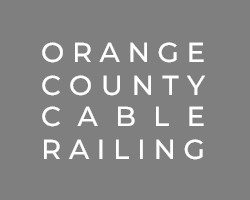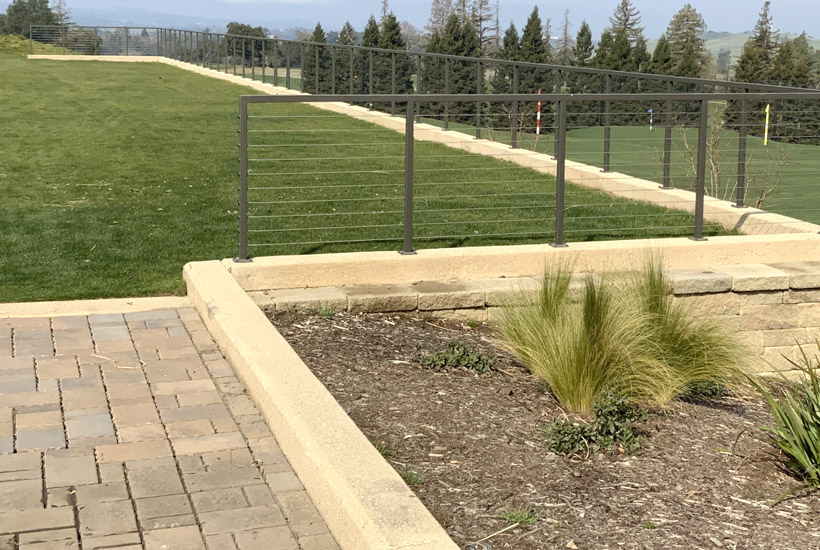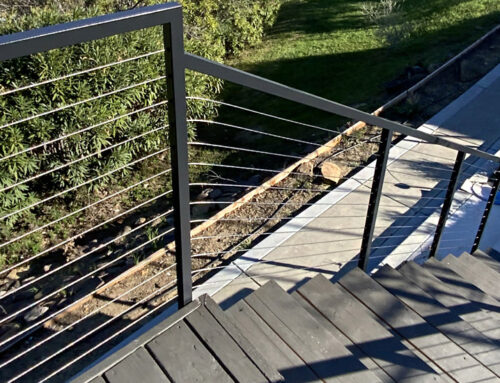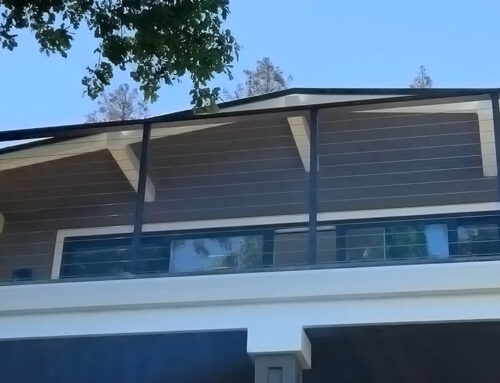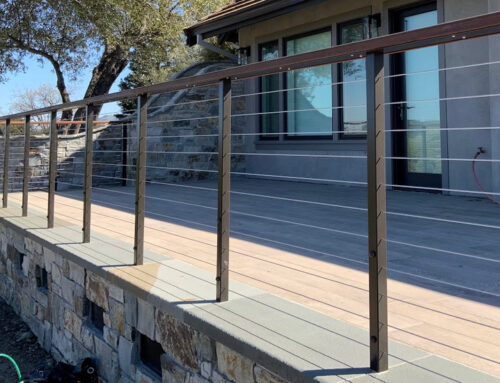Cable railing is a versatile and aesthetically pleasing option for commercial properties. Cable railings offer safety and visual appeal with their blend of beauty, style, and functionality. However, when installing cable railing in commercial settings, it is crucial to adhere to safety standards and codes to ensure the well-being of occupants and compliance with regulations. Let’s explore the critical safety standards of cable railing in commercial properties and why you should consider working with Orange County Cable Railing.
Understanding Safety Codes and Compliance
To ensure the safety of cable railing installations in commercial properties, it is essential to adhere to local, city, or state codes and the International Residential Code (IRC). These codes outline specific requirements and guidelines that must be followed during the design and installation. It is advisable to consult with a local code officer before finalizing the design to verify compliance with the relevant regulations.
Tensioning and Cable Strength
Proper tensioning of cables is crucial for the overall stability and safety of the railing system. The cables should be tensioned adequately to prevent sagging or excessive movement. The strength of the cables is determined by their diameter and material composition, which should meet the specified standards. Regular inspections and maintenance are necessary to ensure that the tensioning remains intact over time.
Post-Spacing and Structural Considerations
The spacing between posts plays a vital role in maintaining the structural integrity of the cable railing system. The requirements for post spacing may vary depending on the local codes and the expected load on the railing. It is essential to consider the strength and stability of the supporting structure to ensure that it can withstand the applied forces.
The Sphere Rule
The sphere rule refers to the limitation on the space between cables and other components of the railing system. This rule aims to prevent small children from getting through the gaps. According to safety standards, the spacing between cables should be such that a sphere with a diameter of 4 inches cannot pass through the openings. Adhering to the sphere rule is crucial to prevent potential accidents and ensure the safety of all occupants.
Handrail and Guardrail Height
Handrails and guardrails are integral components of cable railing systems that provide additional safety and support. The height requirements for these elements are specified in the safety codes. Typically, handrails should be installed at a height of 34 to 38 inches from the floor, while guardrails should have a minimum height of 42 inches. Adhering to these height guidelines is essential to prevent falls and maintain the safety of individuals using the railing.
Cable railing is an excellent choice for commercial properties, offering a balance of aesthetics and safety. To ensure successful cable railing installation in commercial settings, it is crucial to understand and meet the safety standards and codes related to tensioning, post spacing, the sphere rule, and handrail and guardrail height. Compliance with these regulations enhances the railing system’s safety and ensures compliance with building codes. At Orange County Cable Railing, prioritizing safety and following the established guidelines allows commercial property owners to create a secure and visually appealing environment for their occupants. Contact us today and schedule a consultation with our representatives.
